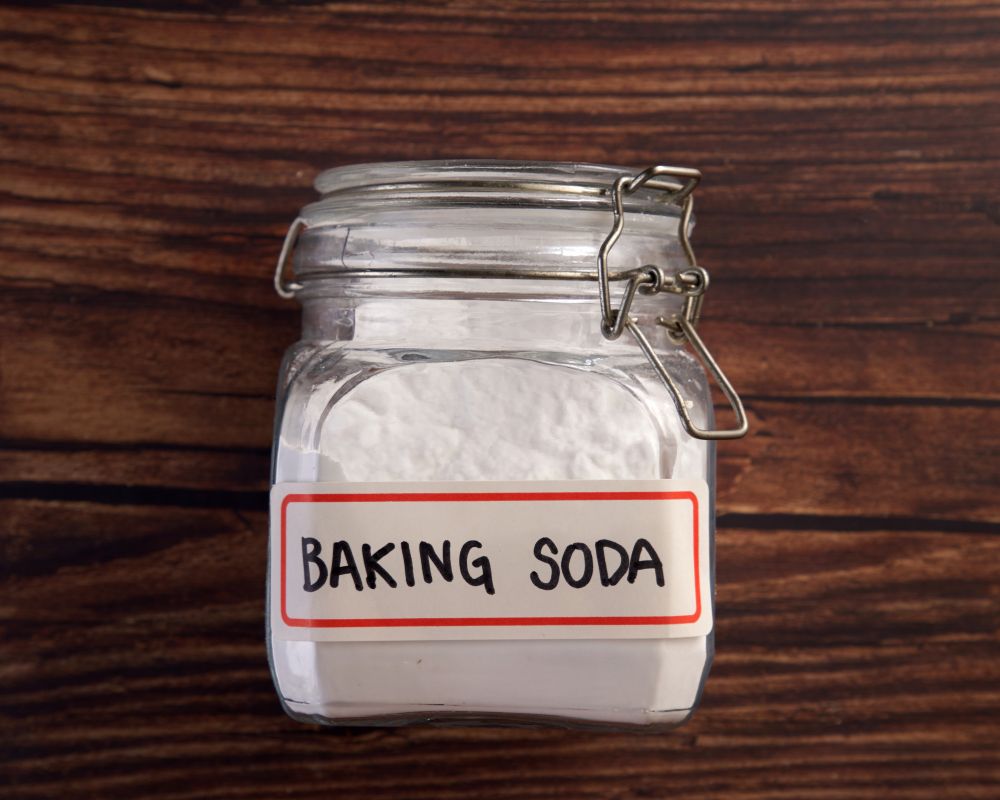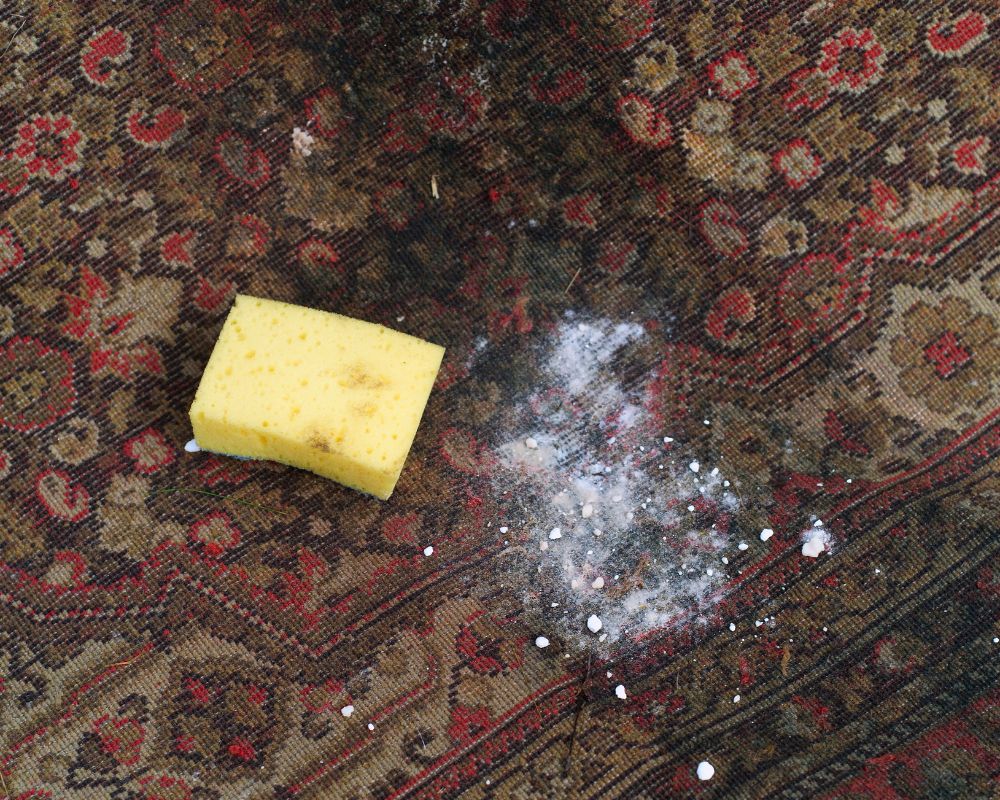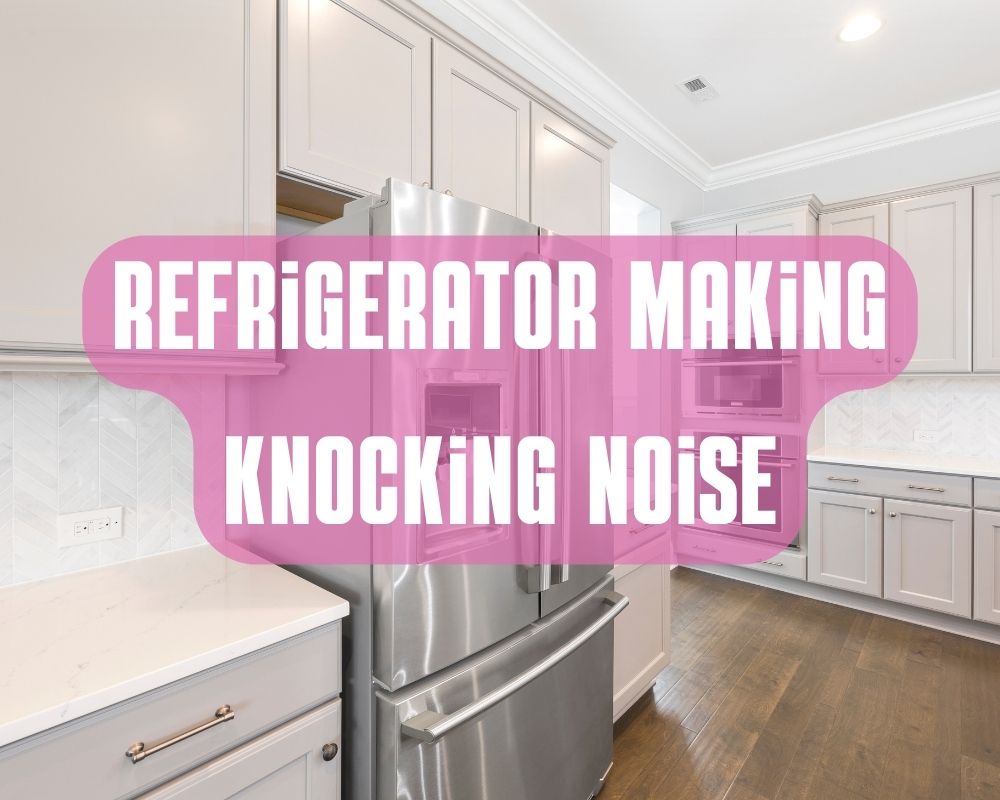Remove Baking Soda from Carpet: Quick Guide

Remove baking soda from carpet. Welcome to our quick guide on removing baking soda from your carpet. Whether you’ve used baking soda as a natural deodorizer or had a spill, knowing the proper techniques to clean your carpet is essential. This article will provide step-by-step instructions, important carpet cleaning tips, and natural carpet cleaner solutions to ensure your carpet is fresh and free of baking soda residue.
Table of Contents
Why You Might Need to Remove Baking Soda from Your Carpet

You may need to remove baking soda from your carpet for several reasons. While baking soda is commonly used as a natural carpet deodorizer and cleaning agent, it can also leave behind residue that needs to be properly cleaned. Here are some potential issues caused by baking soda residue and the importance of maintaining a clean and odor-free carpet:
- Visible residue: Baking soda particles can become trapped in the carpet fibers, making them difficult to remove with regular vacuuming. This can lead to a buildup of residue, making your carpet look dirty and dull.
- Carpet discoloration: Over time, baking soda residue can cause discoloration or stains on your carpet, especially if left for an extended period.
- Unpleasant odor: While baking soda is often used to neutralize odors, if not properly removed, it can begin to emit a musty smell. This can counteract the efforts to freshen your carpet.
- Allergen accumulation: Baking soda residue can create an environment where allergens such as dust mites and pet dander can accumulate. This can contribute to indoor air pollution and potential respiratory issues.
Removing baking soda residue is essential to maintain a clean and odor-free carpet. The following sections will guide you through eliminating baking soda from your carpet and providing valuable carpet-cleaning tips.
| Potential Issues | Importance |
|---|---|
| Visible residue | Makes carpet look dirty and dull |
| Carpet discoloration | Can cause stains and discoloration over time |
| Unpleasant odor | Counteracts efforts to freshen the carpet |
| Allergen accumulation | Contributes to indoor air pollution and potential respiratory issues |
The Pre-Cleaning Checklist
Before removing baking soda residue from your carpet, following a pre-cleaning checklist is important to ensure optimal results. Here are the essential steps to take:
1. Identifying the Affected Area
Take the time to identify the carpet areas with baking soda residue. Look for any visible white particles or areas with a distinct powdery texture. This will help you focus your cleaning efforts on the affected areas.
2. Gathering Necessary Supplies
Ensure you have all the necessary carpet cleaning supplies before you start. Here are some items you’ll need:
- Vacuum cleaner to remove loose baking soda particles
- Soft-bristled brush or broom to loosen any trapped residue
- Clean, white cotton towels or paper towels
- Mild dish soap
- Warm water
- Spray bottle
3. Ensuring Proper Ventilation
Proper ventilation is crucial when cleaning your carpet to ensure that any fumes or odors are adequately dispelled—open windows and doors to allow fresh air to circulate throughout the space. If necessary, use fans or air purifiers to improve ventilation.
Carpet Cleaning Supplies:
- Vacuum cleaner
- Soft-bristled brush or broom
- Clean, white cotton towels or paper towels
- Mild dish soap
- Warm water
- Spray bottle
By following this pre-cleaning checklist, you’ll be well-prepared to effectively remove baking soda residue from your carpet. Identifying the affected area, gathering necessary supplies, and ensuring proper ventilation are key steps in achieving a clean and fresh-looking carpet.
Initial Steps to Remove Baking Soda Residue

When removing baking soda residue from your carpet, starting with the right steps is important. Following these initial steps can effectively clean your carpet and eliminate any lingering residue. Here’s what you need to do:
1. Vacuum: Begin by thoroughly vacuuming your carpet to remove any visible baking soda particles. Use a vacuum cleaner with a brush attachment to ensure proper suction and residue removal.
2. Sweep: If you don’t have a vacuum cleaner, you can use a broom or a carpet sweeper to sweep the carpet gently. This helps to loosen the baking soda residue and make it easier to remove.
3. Brush: For stubborn residue that may be trapped in the carpet fibers, gently brush the affected area with a soft-bristled brush. This helps to dislodge the residue and make it more accessible for removal.
Following these initial steps can effectively remove baking soda residue from your carpet. Remember to sweep and brush gently to avoid damaging the carpet fibers. Once you have completed these steps, you can proceed to the next phase of the cleaning process.
Common Mistakes to Avoid When Removing Baking Soda
When removing baking soda from your carpet, it’s important to be aware of common mistakes that can hinder the cleaning process or even result in damage. By avoiding these errors, you can ensure the effective removal of baking soda residue and maintain the integrity of your carpet.
Scrubbing the Carpet
One common mistake is scrubbing the carpet vigorously to remove baking soda. While scrubbing seems logical to remove residue, it can push the baking soda deeper into the carpet fibers, making it more difficult to remove. Instead of scrubbing, use gentle techniques like vacuuming or brushing to lift the residue.
Using Too Much Water
Another mistake to avoid is using excessive water when cleaning your carpet. Applying too much water can saturate the carpet, leading to issues such as mold, mildew, or shrinkage. Instead, opt for minimal moisture methods such as blotting with a damp cloth or using a carpet cleaner specifically designed for low-moisture cleaning.
Ignoring Manufacturer’s Instructions
The manufacturer’s instructions for your carpet should always be followed when removing baking soda residue. Each carpet may have different care and cleaning requirements, and ignoring these instructions can result in damage or voiding the warranty. Take the time to read and understand the manufacturer’s instructions to ensure the safe and effective removal of baking soda.
By understanding and avoiding these common mistakes, you can successfully remove baking soda residue from your carpet and maintain its cleanliness and appearance.
| Mistake | Consequence |
|---|---|
| Scrubbing the Carpet | Pushes baking soda deeper into fibers, making it harder to remove |
| Using Too Much Water | Can lead to mold, mildew, or carpet shrinkage |
| Ignoring Manufacturer’s Instructions | May result in damage or voiding the carpet’s warranty |
Guidelines for Light Baking Soda Spills

When dealing with light baking soda spills on your carpet, acting quickly to prevent any potential damage is essential. Follow these guidelines for effective and efficient cleanup:
- Blot, Don’t Rub: As soon as you notice a light baking soda spill, gently blot the area with a clean cloth or paper towel. Avoid rubbing; it can push the residue deeper into the carpet fibers.
- Vacuum: After blotting, use a vacuum cleaner with a hose attachment to remove any remaining baking soda particles. Ensure the vacuum is set to the appropriate carpet height for a thorough cleaning.
- Spot Clean: If residue remains after vacuuming, mix a small amount of mild dish soap with warm water. Dab the solution onto the affected area using a clean cloth and blot gently until the baking soda is lifted.
- Rinse: After spot cleaning, rinse the area with clean water to remove any soap residue. Blot the area with a dry cloth to absorb excess moisture.
- Dry Completely: Allow the carpet to air dry naturally, or use a fan to expedite drying. Ensure the area is completely dry before stepping on to avoid any potential staining or re-soiling.
Following these guidelines, you can effectively address light baking soda spills on your carpet and ensure it remains clean and fresh. Always test any cleaning solution on a small, inconspicuous carpet area before applying it to a larger area to avoid any potential damage or discoloration.
Guidelines for Light Baking Soda Spills
1. Blot: Don’t Rub As soon as you notice a light baking soda spill, gently blot the area with a clean cloth or paper towel. Avoid rubbing; it can push the residue deeper into the carpet fibers.
2. Vacuum After blotting, use a vacuum cleaner with a hose attachment to remove any remaining baking soda particles. Ensure the vacuum is set to the appropriate carpet height for a thorough cleaning.
3. Spot Clean If residue remains after vacuuming, mix a small amount of mild dish soap with warm water. Dab the solution onto the affected area using a clean cloth and blot gently until the baking soda is lifted.
4. Rinse After spot cleaning, rinse the area with clean water to remove any soap residue. Blot the area with a dry cloth to absorb excess moisture.
5. Dry Completely Allow the carpet to air dry naturally or use a fan to expedite the drying process. Ensure the area is completely dry before stepping on to avoid any potential staining or re-soiling.
Remove Baking Soda from the Carpet Using Natural Carpet Cleaner Solutions
Vinegar and Water Solution
You can create a simple and effective vinegar and water solution to remove baking soda residue from your carpet. Mix equal parts white vinegar and water in a spray bottle.
- Spray the solution onto the affected area of your carpet.
- Gently blot the area with a clean cloth or paper towel to absorb the solution and the baking soda residue.
- Repeat the process if necessary; thoroughly rinse the area with clean water afterward to remove any vinegar smell.
Dish Soap and Warm Water Mixture
An alternative natural carpet cleaner solution involves dish soap and a warm water mixture.
- Mix a teaspoon of mild dish soap in a bucket or bowl with a cup of warm water.
- Apply the mixture to the baking soda residue on your carpet using a clean sponge or cloth.
- Gently scrub the area in circular motions to lift the residue.
- Rinse the area with clean water and blot dry with a cloth or paper towel.
Essential Oils for Additional Freshness
Incorporating essential oils into your cleaning routine can add a refreshing scent to your carpet after removing baking soda residue.
- Choose your preferred essential oil, such as lavender, peppermint, or lemon.
- Mix a few drops of the essential oil in a spray bottle with water.
- Lightly mist the carpet with the solution, focusing on the areas where baking soda residue was present.
- Allow the carpet to air dry, enjoying the natural fragrance left behind by the essential oils.
Tackling Carpet Odor After Removing Baking Soda
Once you’ve successfully removed the baking soda residue from your carpet, addressing any lingering odors is essential. Fortunately, there are effective strategies that can help you tackle carpet odor and maintain a fresh-smelling carpet.
One natural option is to create homemade carpet fresheners. Combine baking soda with a few drops of your favorite essential oil to make a simple carpet freshener. Sprinkle the mixture liberally over your carpet and let it sit for at least 15 minutes. Then, thoroughly vacuum the area to remove the freshener and any remaining odors. This natural solution helps eliminate unpleasant smells and leaves a refreshing scent in your home.
You can make a homemade carpet cleaner if you prefer a more targeted approach. Mix equal parts white vinegar and warm water in a spray bottle. Lightly mist the affected area and let it sit for a few minutes. Use a clean cloth or sponge to blot the solution and absorb excess moisture. Finally, allow the carpet to air dry completely. Vinegar is known for its odor-eliminating properties and can be especially effective in neutralizing stubborn carpet odors.
Another option is to use a commercial carpet deodorizer. There are various products available on the market that are specifically designed to neutralize carpet odors. Follow the instructions provided on the packaging to apply the deodorizer effectively. Be sure to choose a product that aligns with your preferences and any specific odor concerns you may have.


